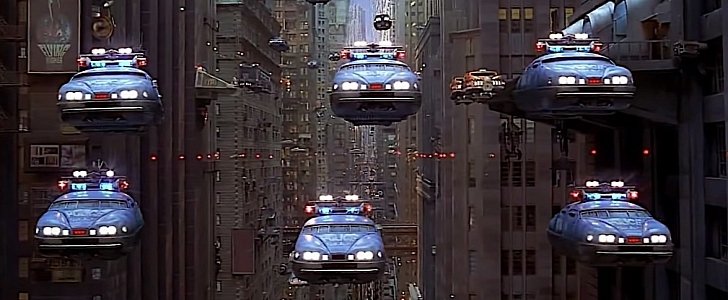Last week, NASA presented at the convention in Seattle its ideas for urban air mobility solutions. As the event unfolded, the space agency announced it is kicking off a Grand Challenge for this emerging industry.
As per NASA, the goal of the competition is to promote the concept of urban air mobility by showing how autonomous flying machines are not bad for humans, their possesions or the environment.
In 2020, NASA plans to have piloted- or remotely-piloted aircraft capable of carrying at least one adult passenger fly over a simulated urban environment. What simulated means in this context is not entirely clear.
The challenge is meant for the companies already striving to essentially make flying cars a reality, including Uber or Airbus. The agency will launch a Request for Information (RFI) process for those willing to take part.
To back their commitment to this industry with some numbers, NASA commissioned two studies which showed that package delivery flights over cities could count 500 million by 2030, while 750 million flights a year will be conducted carrying people.
The biggest hurdles in the path of developing air taxi, delivery, and even emergency services are not necessarily the technologies required, but the lack of legislation and infrastructure, poor public perception and even weather, NASA’s research showed.
Overcoming some of these hurdles, especially how the public views these machines, is the goal of the challenge announced by NASA.
The agency is already working with Uber on a project that would see the car sharing company test its flying machines in the sky above Dallas Fort Worth, so it’s not unlikely we’ll get to witness this new dimension of motoring – depicted in sci-fi literature and film for decades - coming reality sooner than expected.
“NASA is committed to working with our industry and government partners in any way we can to safely integrate these new options for passenger and cargo air transportation services into our skies,” said in a statement Jaiwon Shin, NASA Aeronautics Research Mission Directorate associate administrator.
In 2020, NASA plans to have piloted- or remotely-piloted aircraft capable of carrying at least one adult passenger fly over a simulated urban environment. What simulated means in this context is not entirely clear.
The challenge is meant for the companies already striving to essentially make flying cars a reality, including Uber or Airbus. The agency will launch a Request for Information (RFI) process for those willing to take part.
To back their commitment to this industry with some numbers, NASA commissioned two studies which showed that package delivery flights over cities could count 500 million by 2030, while 750 million flights a year will be conducted carrying people.
The biggest hurdles in the path of developing air taxi, delivery, and even emergency services are not necessarily the technologies required, but the lack of legislation and infrastructure, poor public perception and even weather, NASA’s research showed.
Overcoming some of these hurdles, especially how the public views these machines, is the goal of the challenge announced by NASA.
The agency is already working with Uber on a project that would see the car sharing company test its flying machines in the sky above Dallas Fort Worth, so it’s not unlikely we’ll get to witness this new dimension of motoring – depicted in sci-fi literature and film for decades - coming reality sooner than expected.
“NASA is committed to working with our industry and government partners in any way we can to safely integrate these new options for passenger and cargo air transportation services into our skies,” said in a statement Jaiwon Shin, NASA Aeronautics Research Mission Directorate associate administrator.

